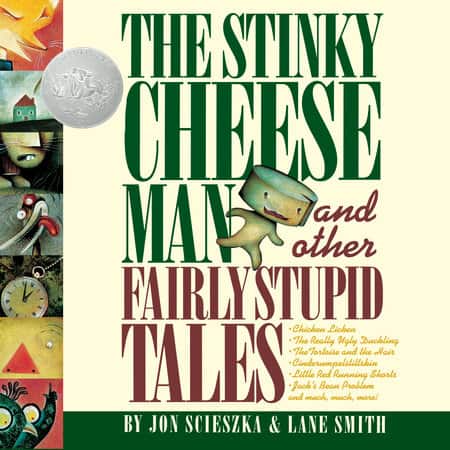-
Something I’ve Been Meaning To Tell You by Alice Munro Short Story Analysis
“Something I’ve Been Meaning To Tell You is a short story by Alice Munro, and opens Munro’s 1974 same-named collection. Two elderly sisters live together in a small tourist town somewhere near a lake in Ontario.
-
The Wreck of the Zephyr by Chris Van Allsburg
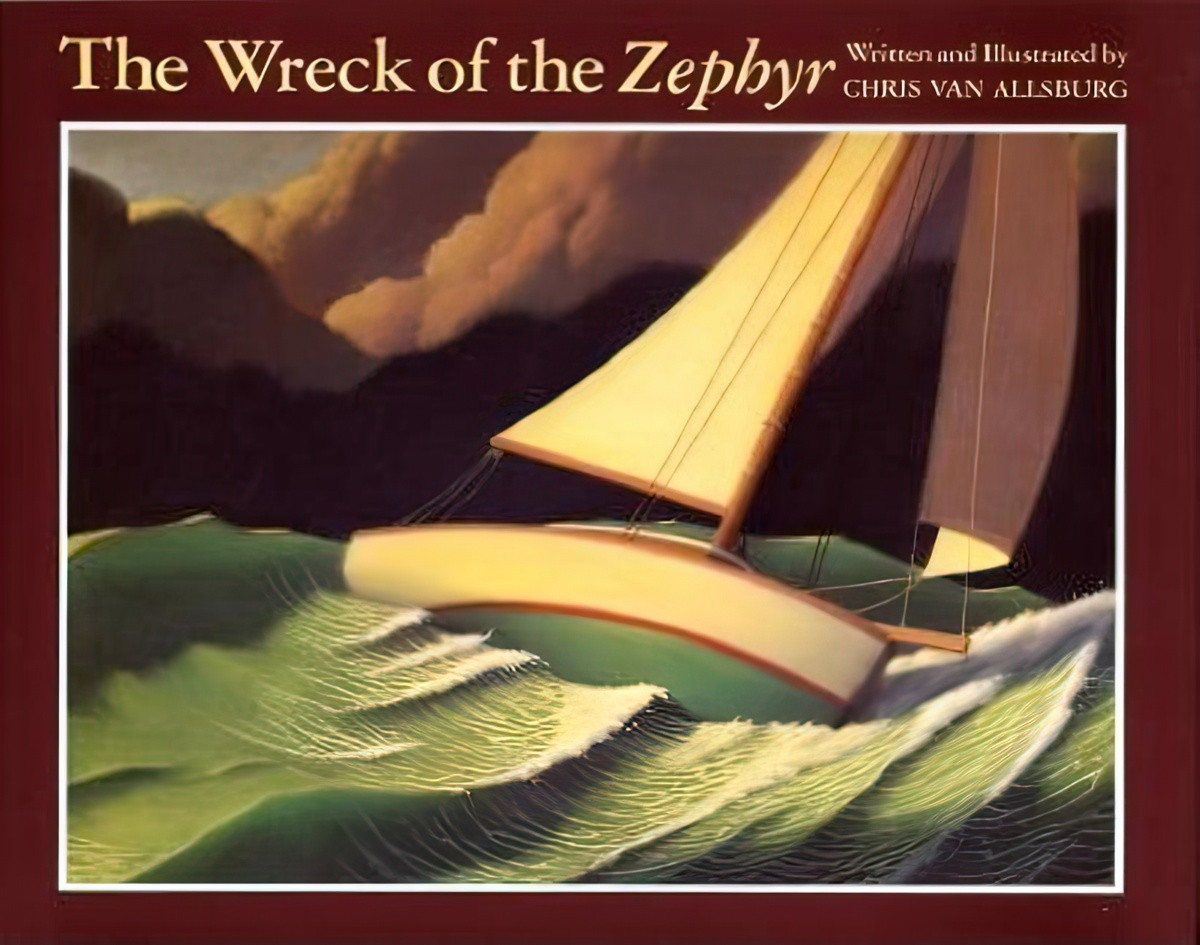
The Wreck of the Zephyr is a postmodern, surreal 1983 picture book by American writer and illustrator Chris Van Allsburg. You’ve probably heard of Jumanji and The Polar Express, which have been adapted for film. The Garden of Abdul Gasazi was his first. The Stranger features a season personified. The Widow’s Broom is a creepy-ass […]
-
The Tunnel by Anthony Browne Picture Book Analysis
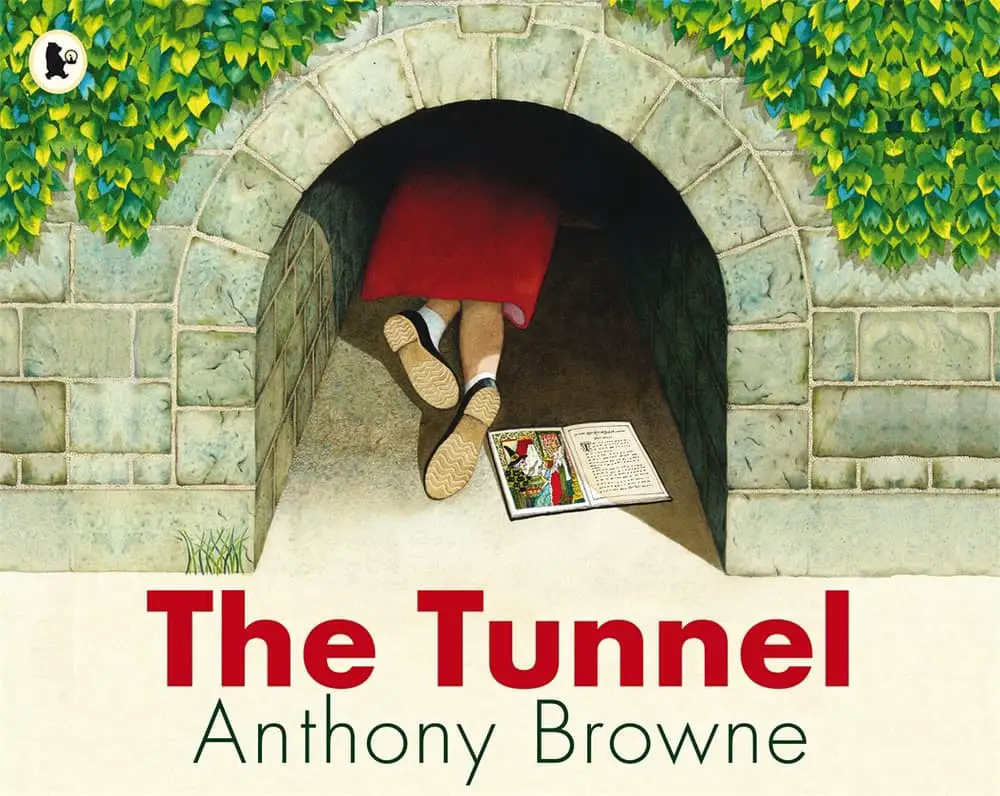
The Tunnel is a picture book written and illustrated by British author/illustrator Anthony Browne. The Tunnel was first published in 1989. SETTING OF THE TUNNEL In the 1980s it was far more common for kids to be sent out of the house because their mothers were sick of them (and it was almost always the […]
-
Movements In Children’s Literature
When looking at the development of children’s literature over the past two and a half centuries (which is about all you get, because children’s literature is a distinct and recent entity) two major movements have been influential: When we give serious attention to children’s literature, we find children’s literature (especially young adult literature) often anticipates […]
-
The Stranger by Chris Van Allsburg Analysis
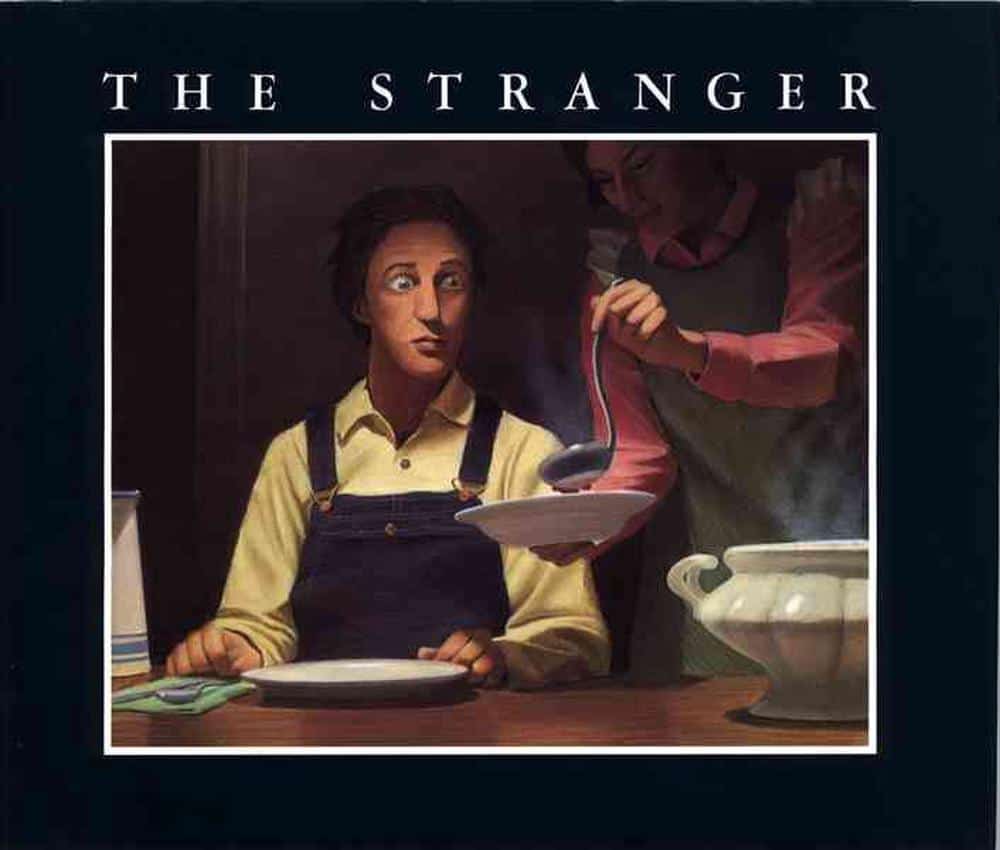
The Stranger (1986) is the seventh picture book written and illustrated by popular American storyteller Chris Van Allsburg.
-
The Garden of Abdul Gasazi by Chris Van Allsburg
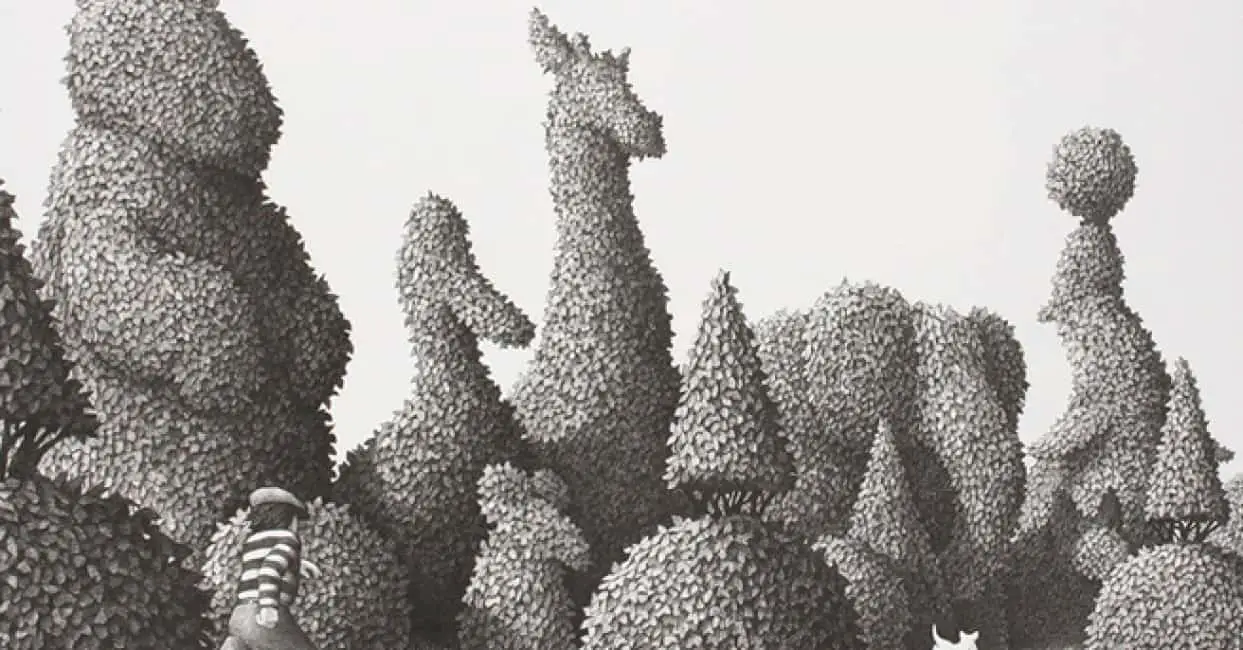
The Garden of Abdul Gasazi (1979) was the first picture book by American author/illustrator Chris Van Allsburg, who himself admits astonishment at the book’s immediate success. This was helped by reviews in America-wide publications. Such attention has always been unusual for children’s stories, and perhaps says something about how this story appeals to all ages. […]
-
The Widow’s Broom by Chris Van Allsburg Picturebook Analysis
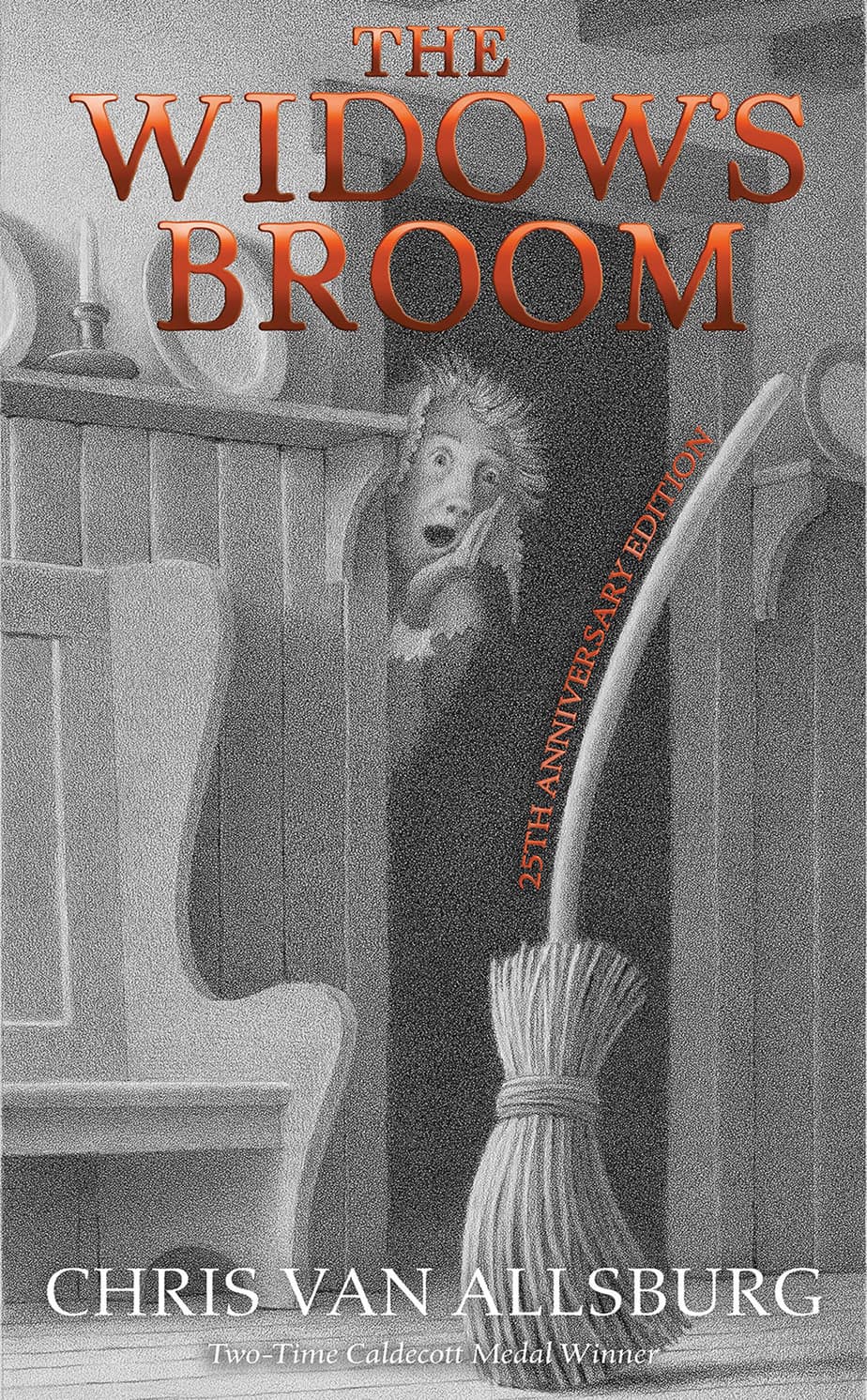
“The Widow’s Broom” is a 1992 picture book by American author illustrator Chris Van Allsburg. Like many of Van Allsburg’s books, this one remains popular with teachers, partly because this is a storyteller who requires the reader to do a little work. Students can practise their inference skills in class. Like all good stories which […]
-
Come Away From The Water, Shirley by John Burningham 1977 Analysis
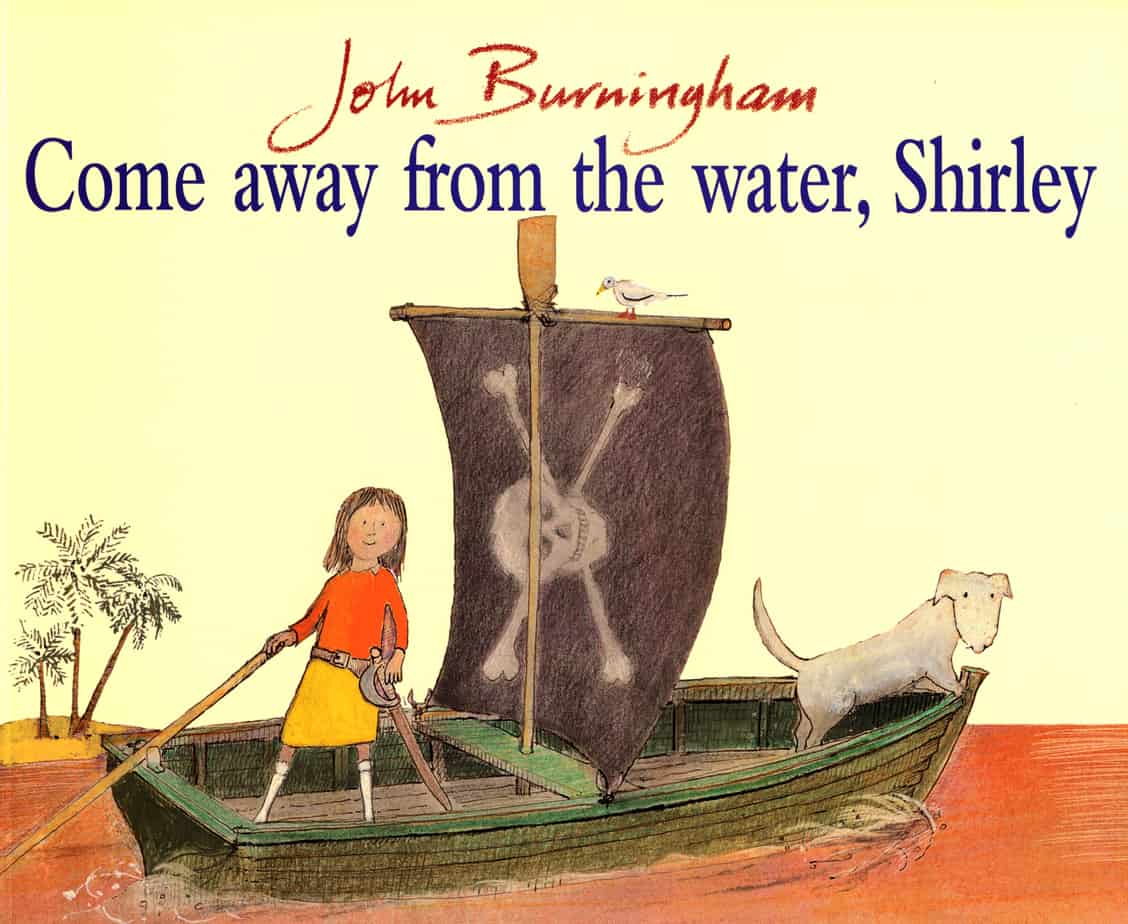
Come Away From The Water, Shirley is a 1977 picture book written and illustrated by British storyteller, John Burningham. A number of adult readers talk about the “two different stories” going on in this book.
-
Zoo by Anthony Browne (1992) Analysis
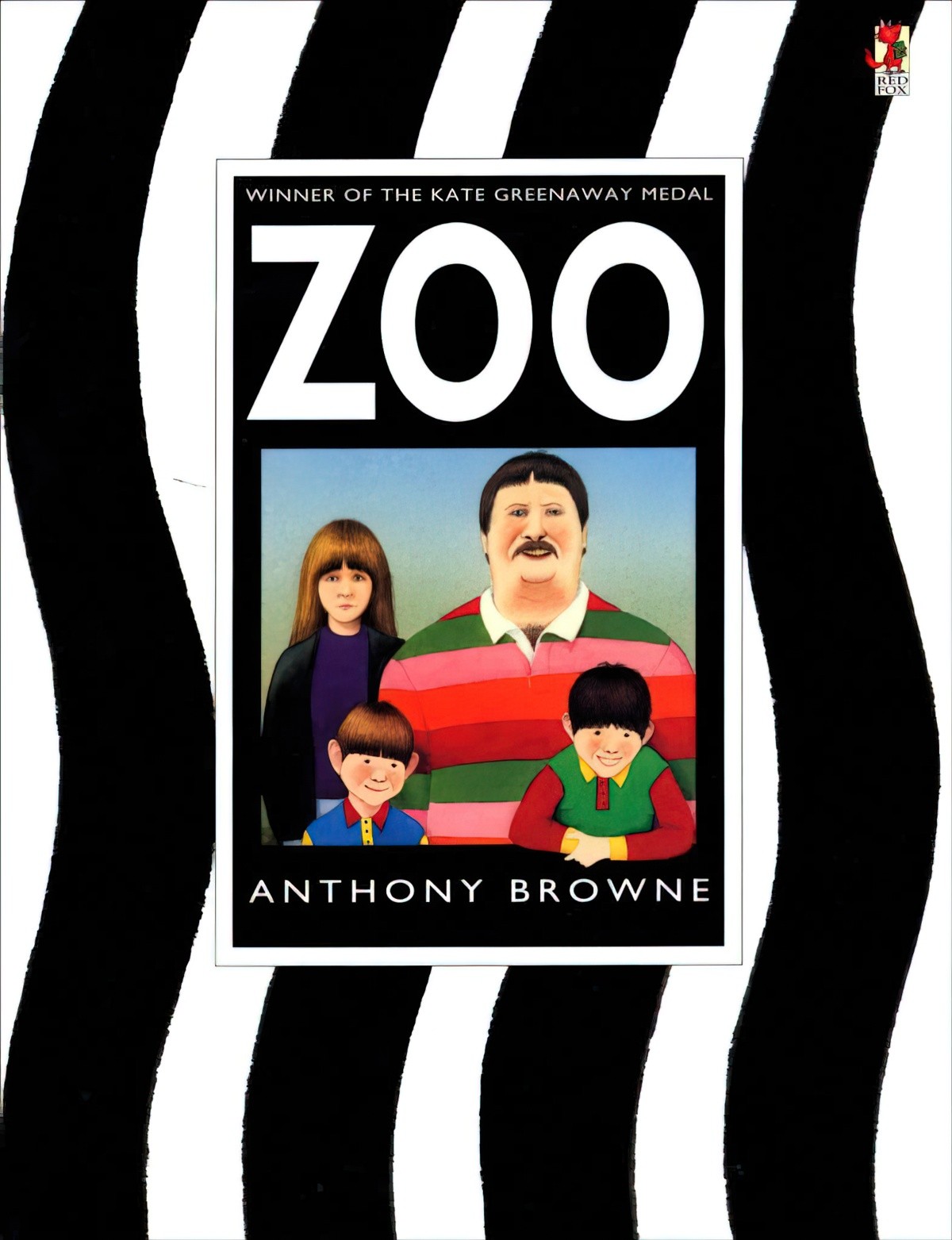
Zoo is a postmodern picture book written and illustrated by Anthony Browne, first published in 1992.
-
Just A Dream By Chris Van Allsburg Analysis
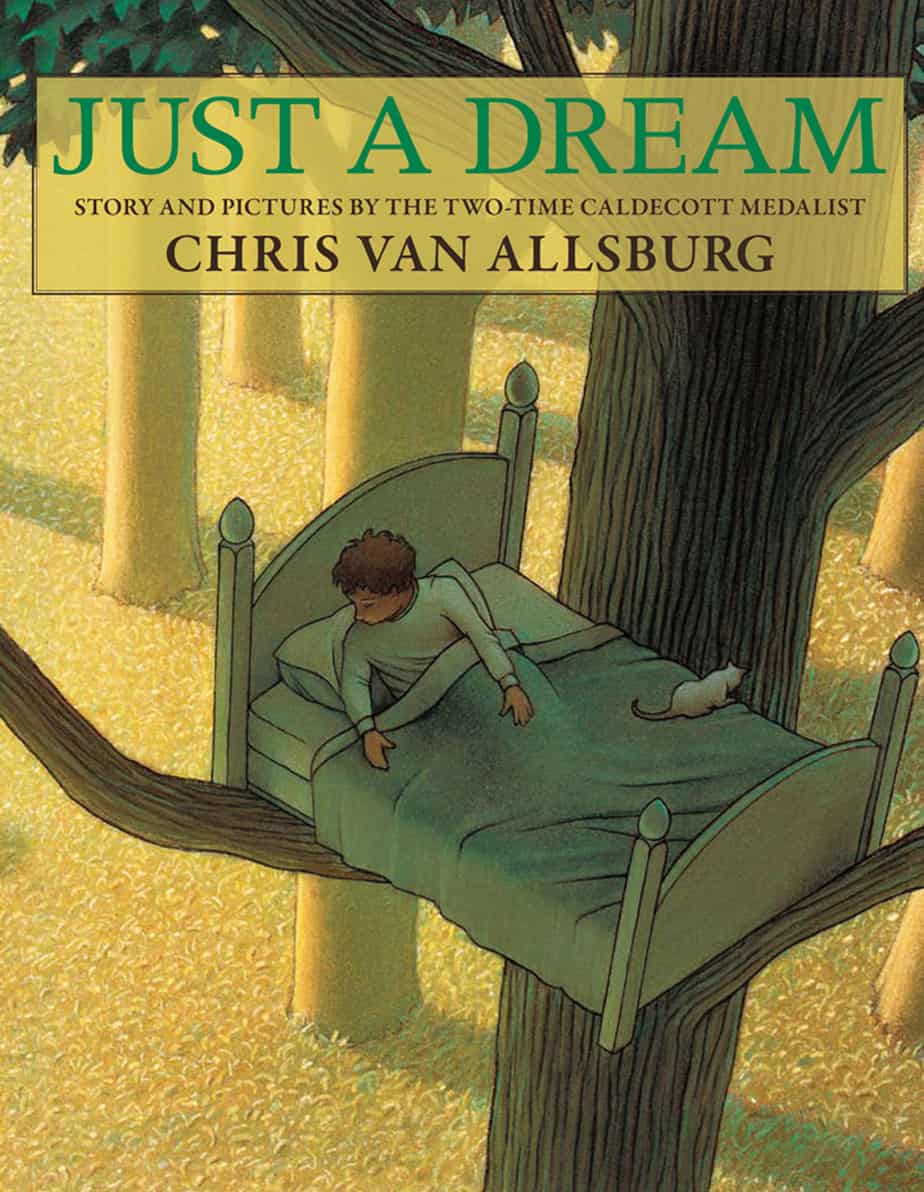
Just a Dream by Chris Van Allsburg (1990) is a picture book with an environmental message typical of its era. As part of the corpus of children’s literature with environmental messages, the 1990s offered many excellent children’s book examples of the now-outdated ‘personal responsibility’ message. Around this time children received the ‘good people recycle’ message. […]
-
Eric by Shaun Tan Picture Book Analysis
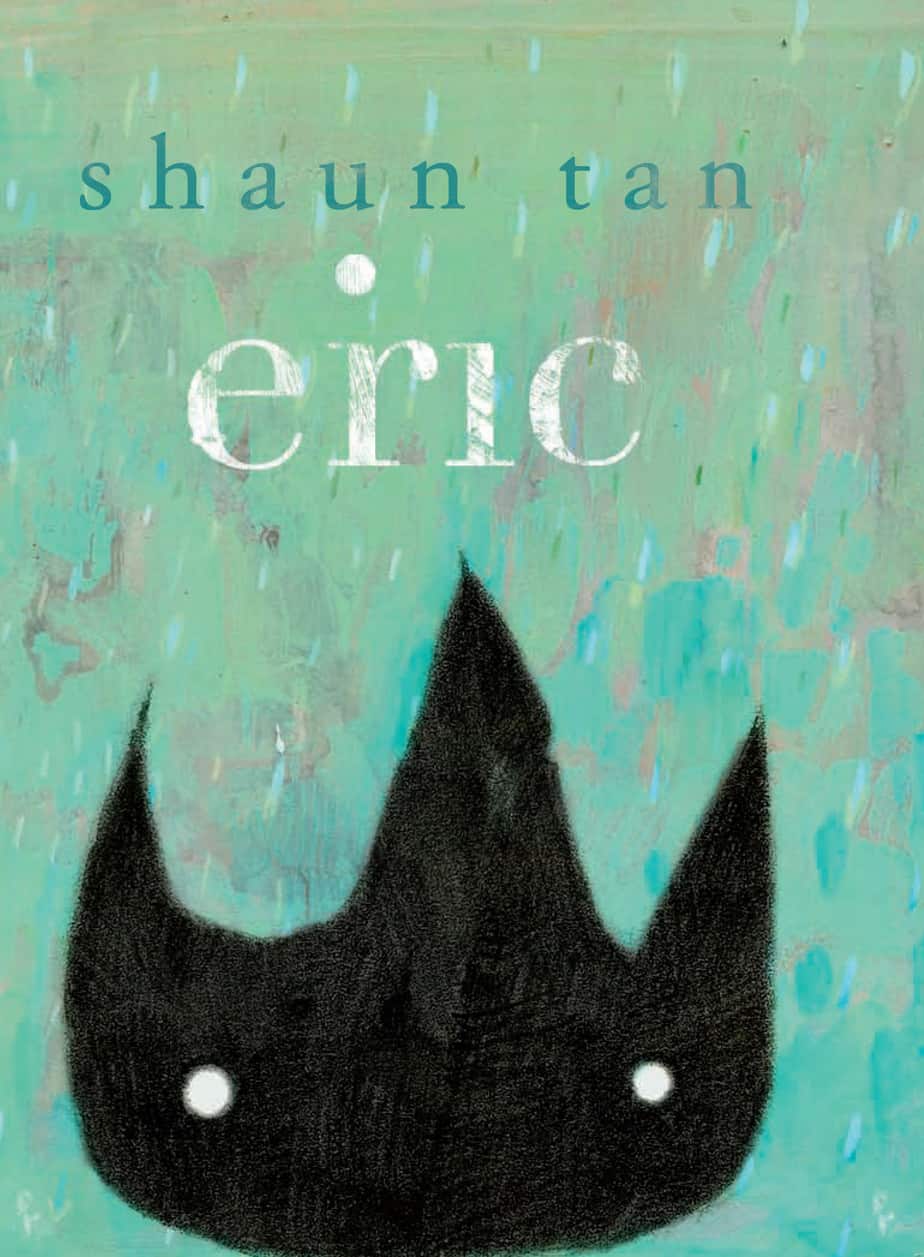
Eric is a miniature, post-modern picture book by Australian author illustrator Shaun Tan. This simple story says big things about cultural difference. The character design of Eric looks to me a little like Vertebrae C6, which could lead me in the direction of an absolutely ridiculous reading, but we shan’t be doing that today. NOTES […]
-
Rules Of Summer by Shaun Tan Analysis
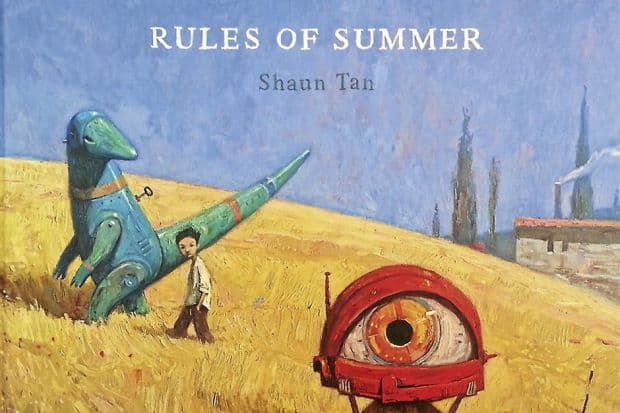
On the surface, Shaun Tan’s award-winning picture book Rules Of Summer is simply a list of rules. Below I take a look at how Rules Of Summer is in fact a complete narrative.
-
The History of Hansel and Gretel
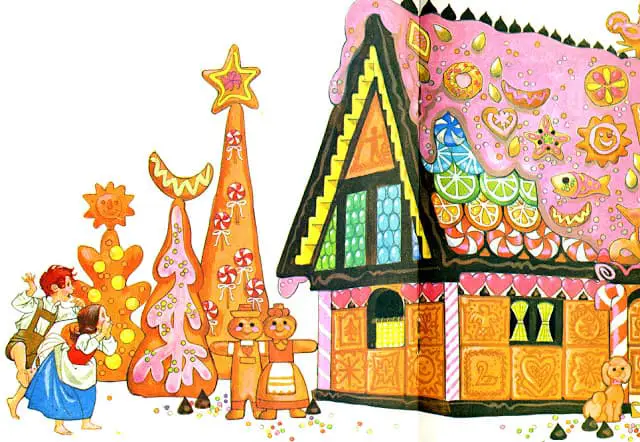
Hansel and Gretel is one of the best-known fairytales. Almost everybody knows the basic story but, more than that, this tale is the ur-story for many seemingly unrelated modern ones. For example, whenever a character meets a character in a ‘forest’ (whether the forest is symbolic or not), the audience is put in mind of wicked cannibalistic witches.
